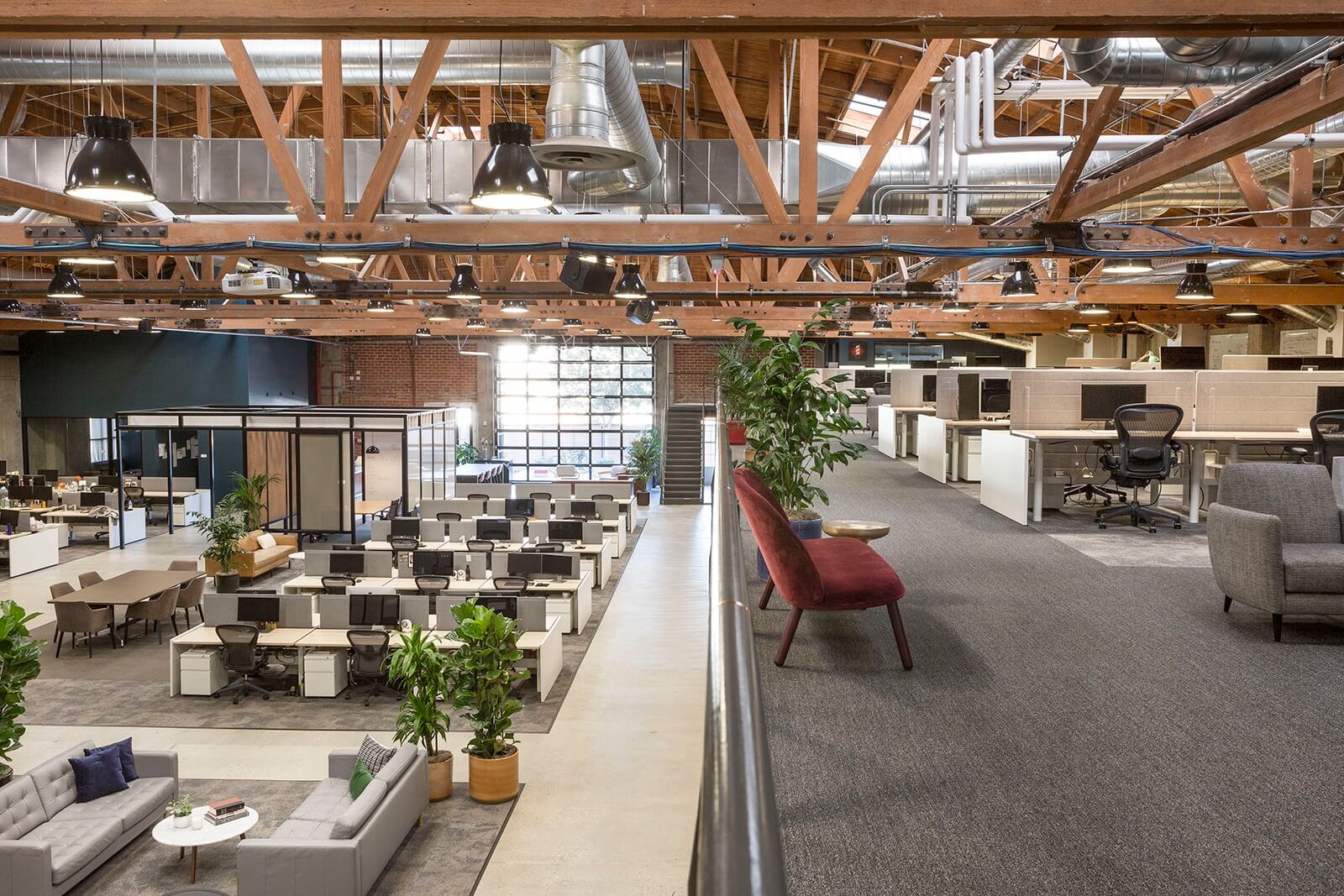12 Questions to Ask When Leasing Office Space
Whether you’re navigating the office space market for the first time or you’ve moved your business before, it’s crucial that you ask the right questions throughout the leasing process to... Read More

6 ways to save $$$ on your office space.
Learn more >February 2, 2020 | by
Reviewed by real estate expert Michael Colacino
Updated May 2022
Knowing the differences between commercial real estate building classes will help you better navigate your search for new office space and narrow down your options. Though determining building classifications isn’t an exact science, building class usually denotes the general condition of a commercial property and indicates the quality of its location and amenities. Conventionally, the better the “grade” or classification, the more desirable the property, but as we’ll see, your business’s needs mostly define desirability.
Basically, if you’re looking for the best that commercial real estate has to offer, you’ll look at Class A buildings. If you have a lower budget and just want functional space to work in, you will go see Class C properties. If you can afford average rental rates and want something a little nicer than Class C, you’ll want to consider Class B buildings.
Building class usually denotes the general condition of a commercial property and indicates the quality of its location and amenities.
Of course, there’s more to it than that. Let’s review the basics.
Typically, building class is determined by the following factors:
So why do we classify buildings? Having a rating system in place promotes a standardized understanding of office markets and conditions across building classes. (However, it’s important that a building’s classification be evaluated in the context of its market, as standards vary by region — and often even within submarkets).
Keep reading to learn about each building class.
Without fully knowing what Class A buildings are, you can quickly ascertain that they’re the cream of the crop. Typically, Class A buildings (also referred to as Grade A office buildings or Class A property types) are the best commercial buildings can offer.
What is the definition of a Class A building? According to the Building Owners and Managers Association International (BOMA), they’re the “most prestigious buildings competing for premier office users with rents above average for the area. [Class A] Buildings have high-quality standard finishes, state-of-the-art systems, exceptional accessibility, and a definite market presence.”
Class A buildings are available in a mix of historical buildings and new constructions that offer premium locations, top-of-the-line technical infrastructure, reputable ownership, and a variety of tenant services. Amenities in Class A office buildings include but aren’t limited to:
Class A buildings command high rent prices. As a result, the commercial tenants competing for Class A space tend to be well-established, category leaders in their industry. Large financial institutions, ad agencies, law firms, and tech giants usually compete for Class A spaces.
One example of a Class A building is 1500 Broadway in Times Square in New York City. It has hosted ABC Studios’ Good Morning America since 1985 and also provides office space for prominent tenants like Disney, Starbucks, NASDAQ, and IIG Capital. It boasts 13 floors of space and has a lobby attendant, fiber Internet, and a freight elevator. Though it’s more than 40 years old, which is unusual for a Class A building, it enjoys a premier location and is considered a tourist attraction.
In summary, Class A property is built to impress. If you’re an industry leader or otherwise work in a business where prestige is a valuable currency, leasing office space in a Class A building makes quite the statement.

Another example of a Class A building at 437 Madison Avenue in Midtown Manhattan.
Don’t let the grade fool you: some Class B buildings enjoyed Class A status in their heyday—they’re just slightly older now, with visible signs of age. If you’re looking for a comfortable, elegant, functional space without the “wow” factor—or the high price—of Class A properties, Class B buildings are a sensible option.
“The majority of Class B buildings are fewer than four stories tall and are often found in the suburbs or on the edge of large financial districts,” according to The Balance Small Business. What a Class B building may sacrifice in amenities, like 24/7 security or a bank of elevators, it makes up for in price without having to sacrifice location, accessibility, and overall functionality. Class B properties with established tenant histories have a vast capacity for tenant improvements to the space as well.
Class B amenities might comprise:
59 Maiden Lane, an office building located in the Financial District in NYC, well-represents its Class B status. 59 Maiden Lane is conveniently located near lots of public transportation and plenty of coffee shops and restaurants, but the building itself is more than 50 years old. While it’s older than many Class A buildings, it still attracts respectable tenants, mostly technology and consulting firms.
In summary, Class B buildings suit most businesses looking for attractive, functional space that makes an impression on clients and recruits without breaking the bank.

An example of Class B office space: Elegant and functional but without all the bells and whistles associated with Class A space.
If you’re less concerned about the space class and more concerned with low rental rates, Class C buildings might be your best option — if you’re looking for a private office. If you don’t necessarily care about having your own office and you would prefer nicer digs at the expense of privacy, shared space solutions like PivotDesk could enable you to rent a nicer space within your budget.
Class C buildings offer functional space with old or rough finishes and some basic amenities at a fraction of Class A or Class B costs. They offer the lowest commercial rental options. But you definitely get what you pay for—like a patch of hallway for a “lobby” or a glacially slow elevator. They also might be located in less-than-desirable neighborhoods. Class C properties have fewer tenant services, so you won’t get a lobby attendant or routine upkeep.
There are very few Class C office buildings on the market because they struggle to compete with higher-quality office spaces. These properties often undergo renovations or are converted into residential units.

A design hack here or there can transform Class C space into a perfectly functional, quirky office. Photo courtesy Jonathan Chen via Flickr.
If you’re a small business on the prowl for enough room to fit a few desks and a coffee pot, consider renting affordable, functional, no-frills Class C office space. It’s worth noting that you can often make tenant improvements to upgrade the space.
If you have questions about the differences between Class A, Class B, and Class C buildings in your city, contact one of our experienced brokers, who would be happy to help you find your next office space. Fill out the form below and we’ll be in touch!
SquareFoot is a new kind of commercial real estate company. Our easy-to-use technology and responsive team of real estate professionals delivers the most transparent, flexible experience in the market. Get in touch to start your search today.